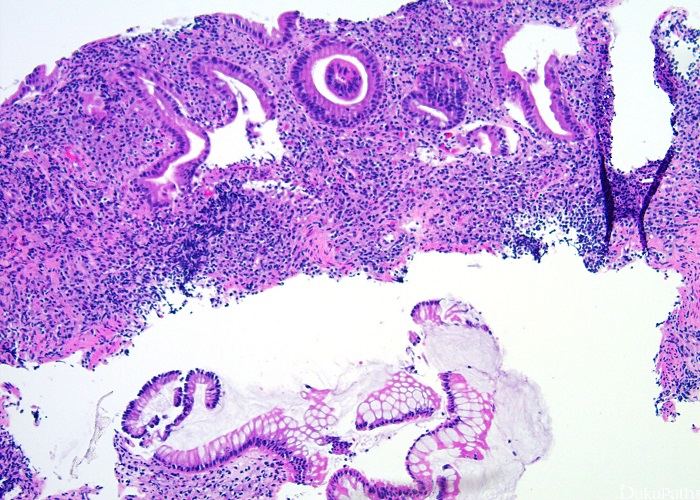Diverticulosis is a condition that affects many people, yet often remains somewhat of a mystery. Let’s shed some light on what it really is.
Diverticulosis occurs when small, bulging pouches, known as diverticula, form in the lining of the digestive tract. These pouches usually develop in the large intestine, or colon. Think of them as tiny balloons that protrude from the wall of the intestine. They form when weak spots in the intestinal wall are pushed outwards by the pressure of waste passing through.
It’s surprisingly common. In fact, as people age, the likelihood of developing diverticulosis increases. It affects more than half of people over the age of 60 in developed countries. While it can occur in younger individuals, it is much more prevalent among the elderly.
A low – fiber diet is often a significant contributor. When your diet lacks sufficient fiber, the stool becomes hard and difficult to pass. This increases the pressure within the colon during bowel movements, which can cause the formation of diverticula. Other factors include obesity, lack of physical activity, and certain medications that can slow down the digestive process. Additionally, genetics may play a role. If you have a family history of diverticulosis, you may be at a higher risk.
In many cases, diverticulosis doesn’t cause any symptoms at all. People can have these diverticula for years without even knowing. However, some individuals may experience mild symptoms such as abdominal pain, bloating, or changes in bowel habits. The pain is usually felt in the lower left side of the abdomen and can range from a dull ache to a more severe, cramp – like sensation. It may come and go, and can sometimes be relieved by having a bowel movement.
While diverticulosis itself may be relatively benign in most cases, it can lead to more serious problems. One such complication is diverticulitis. This occurs when the diverticula become inflamed or infected. Diverticulitis can cause severe abdominal pain, fever, nausea, and vomiting. In some cases, it can lead to abscesses, perforations in the intestine, or blockages, all of which require immediate medical attention.
Diagnosis usually involves a physical examination, medical history review, and often imaging tests like a colonoscopy or CT scan. If you have diverticulosis without symptoms, your doctor may simply recommend lifestyle changes, such as increasing your fiber intake, drinking plenty of water, and getting regular exercise. If you develop diverticulitis, treatment may involve antibiotics, a liquid diet, and in severe cases, surgery.
In conclusion, diverticulosis is a common condition that can have varying impacts on an individual’s health. By understanding what it is, its causes, and potential complications, you can take steps to manage your digestive health and seek appropriate medical care if needed.
Read more
- Beating Depression Fatigue: Insights From Research & Practical Approaches
- How Sepsis Develops: A Closer Look At A Life
- Understanding Swollen Prostate (BPH): From Research Insights To Management


